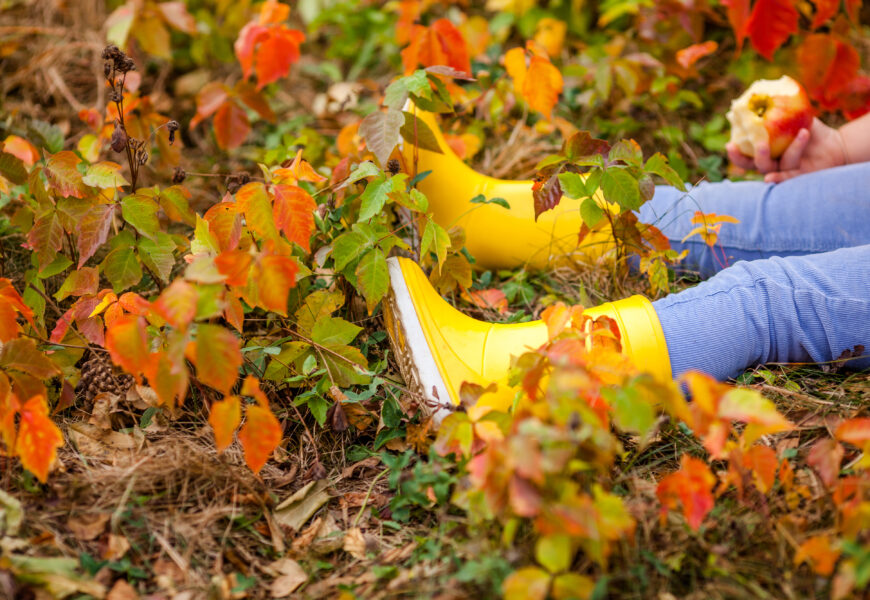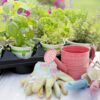Have you ever thought about how preparing your garden for winter can help you grow more in spring? Fall is a key time for getting your garden ready for the cold months ahead. By taking steps to protect and rejuvenate your garden now, you’ll see better results when spring comes.
In this fall gardening guide, we’ll show you how to make your garden thrive all year. We’ll cover important tasks like using wood chips in walkways and mulching perennials. These steps will keep your garden healthy even in winter.
Let’s start this journey with some vital autumn gardening tips. These tips will help your garden look great when spring arrives.
The Importance of Fall Garden Preparation
Getting your garden ready for fall is key to having a beautiful garden all year. Doing well in the fall helps your garden thrive in the winter and spring. A guide at this link shows how fall prep makes gardening easier and more successful.
Important tasks like mulching and planting cover crops are vital in the fall. Mulch keeps the soil moist, stops weeds, and protects roots from freezing. Cover crops like clover or rye prevent soil erosion and make the soil better for plants.
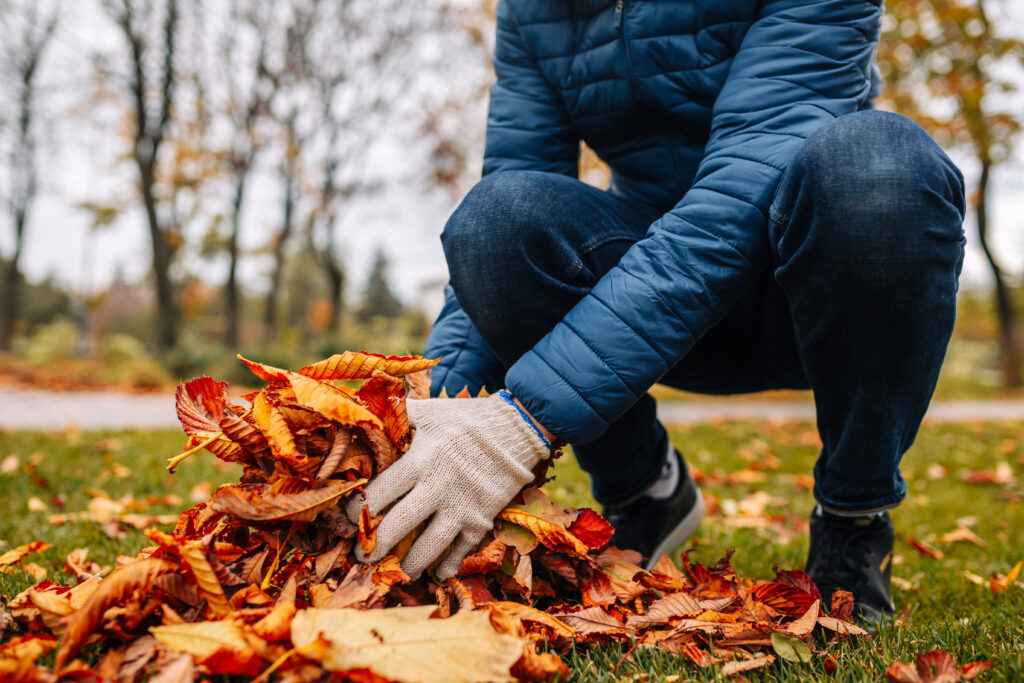
Some plants like Swiss chard and kale can grow from fall into November and December in zones 4 to 8. This long season is great for getting food and protecting the soil from winter. Adding a nitrogen-rich fertilizer in late October or early November helps keep the soil healthy for spring.
Starting these tasks in late summer or early fall is best. Make sure seeds and seedlings are moist and protected to grow strong. This helps plants survive and prepares them for spring growth.
Good fall garden preparation means your garden will be ready for spring. It’s a smart way to keep your garden looking great and full of life every year.
Cleaning and Storing Garden Equipment
As the leaves turn and the air gets chilly, fall garden tasks become key to getting ready for winter. Cleaning and storing garden equipment is a big part of these tasks. It keeps your tools in good shape for spring. Start by cleaning each tool to get rid of dirt and germs.
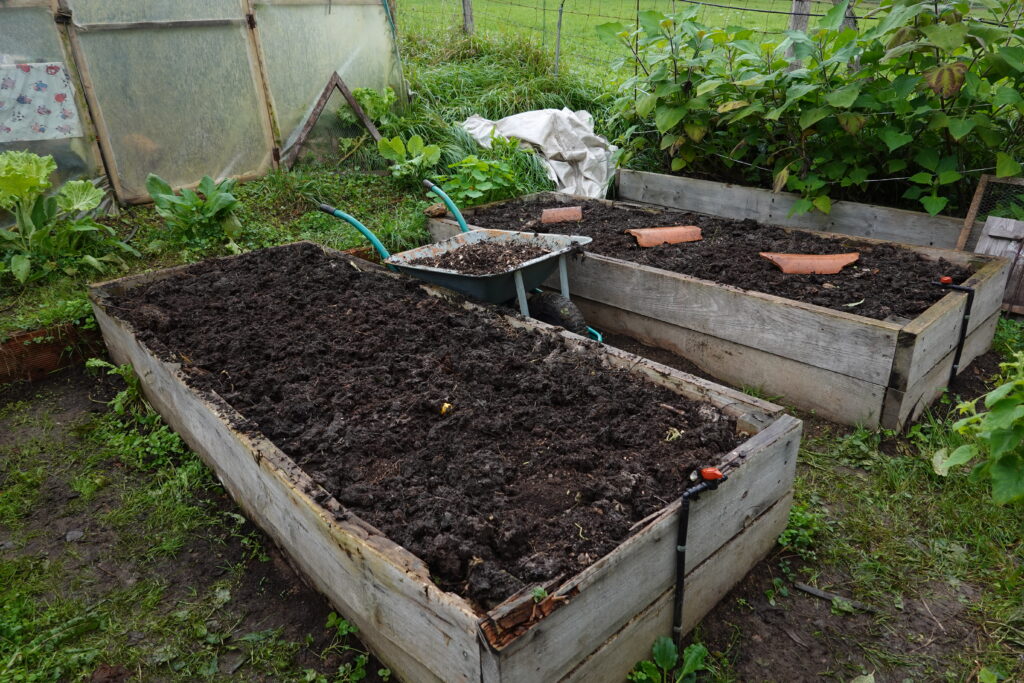
Tools like pruners, shovels, and trowels need cleaning and sharpening. Sharpening can make them work better. You can take them to local hardware stores for sharpening, helping your garden, and local shops too. After cleaning, use a lightly oiled rag on metal tools to stop rust. Use lubricating oil on hinges and pivot points. For tools with wooden handles, boiled linseed oil (BLO) keeps the wood from drying out and cracking.
Storing your tools right is also key. Keep them in dry places like sheds or garages to prevent rust. This step is often missed but is crucial for your garden’s health. Not cleaning and storing tools correctly can make them less effective and spread diseases to plants.
Adding these steps to your fall garden tasks can lower the chance of plant diseases. Use disinfectants like diluted bleach or isopropyl alcohol on tools touched by sick plants. This keeps your plants healthy and your garden tools in top shape for years to come.
Enhancing Soil Health Before Winter
As autumn’s chill arrives, gardeners focus on preparing the garden for winter. This is key for a great spring. Adding organic matter to the soil is essential. Using leaves from autumn helps, slowly giving nutrients to roots and keeping biological activity alive during winter.
The fall planting guide suggests adding a 3-inch layer of mulched leaves to beds. This feeds earthworms and adds trace minerals for plant health and disease prevention. Also, adding manure in late fall lets it break down, ready for spring plants. This avoids harming young plants with fresh manure.
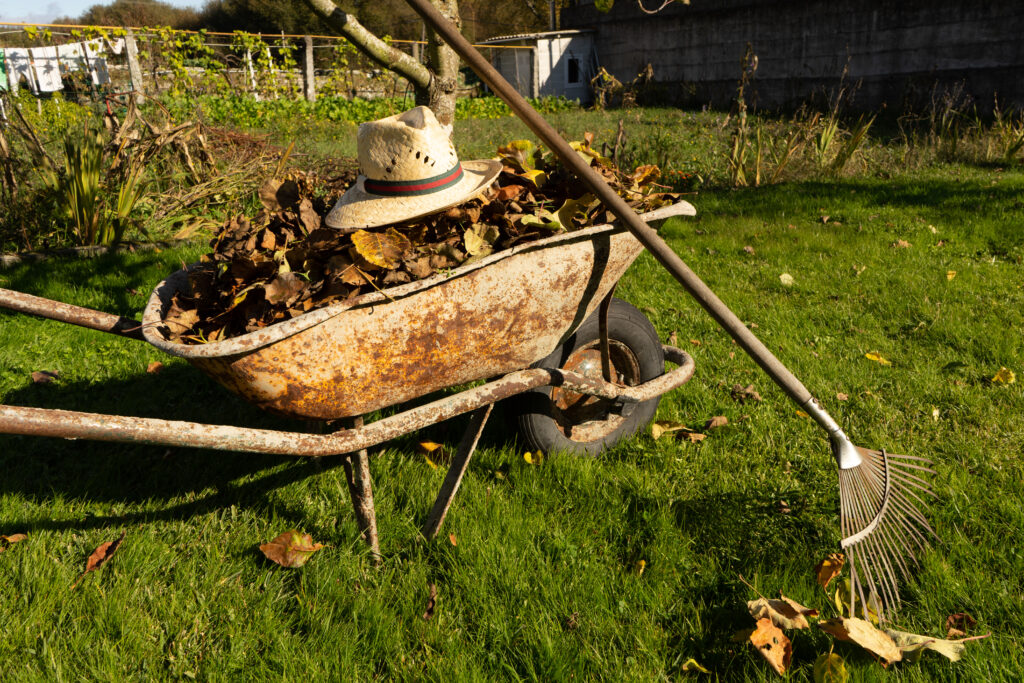
Soil tests in the fall can show nutrient needs and pH levels. Most veggies do well in slightly acidic soil, with a pH of 6.0 to 7.0. Adjusting nutrients like nitrogen, potassium, and phosphorus helps make soil healthy, prepare for winter, and more.
Planting cover crops like field beans helps in many ways. They add nutrients, prevent erosion, and control weeds. These crops keep the soil alive and stop erosion in winter. Rotating crops also stops nutrient loss and pest buildup, keeping the garden healthy.
Winter is a key time for gardeners. By improving soil now, you help your garden last longer and grow better. Using organic matter and cover crops in fall makes your soil rich and ready for next year’s garden.
Protecting Delicate Plants and Infrastructure
As gardeners dive into fall garden tasks, protecting delicate plants and garden structures is key to getting ready for winter garden readiness. Frost is a big threat, happening when water vapor turns to ice at night. Some plants like spinach and cabbage can handle frost well, but others like okra and eggplants are more sensitive. Knowing the first and last frost dates helps gardeners plan their fall planting guide.
South-facing slopes get more sun, which is good for plants. For quick frost protection, using leaves, straws, or blankets can help. But for better long-term solutions, consider cold frames, row covers, and hotbeds. Bootstrap Farmer offers frost blankets with different weights, from 1.5 oz. to 4.0 oz., depending on the severity of the frost. The 4.0 oz. blanket keeps plants 5-10 degrees warmer.
Choosing the right polypropylene fabric is crucial. It lets sunlight in but keeps cold out, unlike shade cloth. These blankets should be put out before frost and taken in when it gets warmer. By using both light and heavy blankets, gardeners can protect their plants without blocking too much light or air. When it snows, removing snow from the blankets helps prevent damage to plants. Using frost blankets as row covers or with low-tunnel hoops provides flexible protection for different garden setups.

